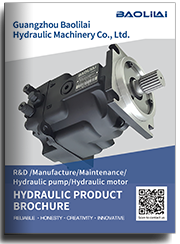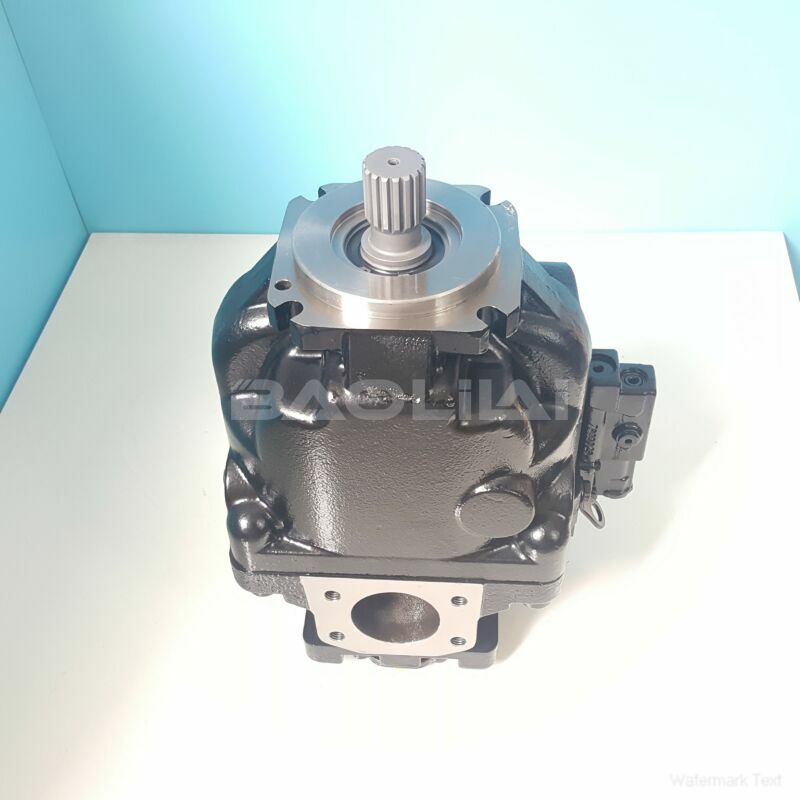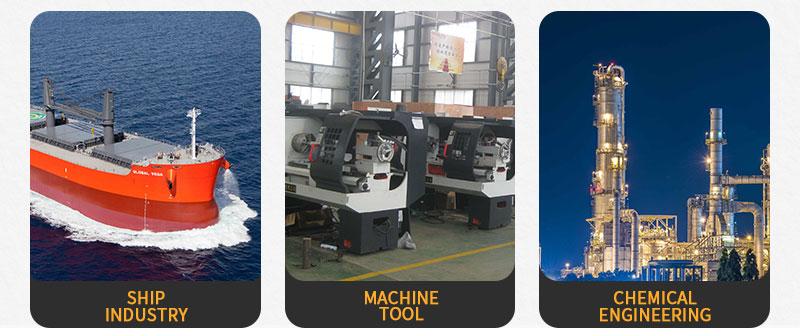ERL100BLS2530NNN3S2BPA1NNNNNNNNNN hydraulic oil pump
ERL100BLS2530NNN3S2BPA1NNNNNNNNNN hydraulic oil pump

- Product Details
- Applicable Scene
In industrial applications utilizing hydraulic pumps, especially when dealing with low-viscosity fluids, preventing pump failures is paramount. Low-viscosity fluids can pose unique challenges that, if not managed correctly, can lead to significant downtime and repair costs. Here are several strategies to help ensure the longevity and reliability of hydraulic pumps in these systems.
ER-L-100B-LS-25-30-NN-N-3-S2BP-A1N-NNN-NNN-NNN
ERL100BLS2530NNN3S2BPA1NNNNNNNNNN
Understanding Viscosity

83043239
Viscosity is a measure of a fluid’s resistance to flow. Low-viscosity fluids, such as water or certain oils, provide less resistance, leading to different operational behaviors in hydraulic systems. When handling these types of fluids, pumps can face issues such as cavitation, increased wear, and insufficient lubrication. Recognizing these challenges is the first step toward prevention.
Regular Maintenance
One of the best ways to prevent hydraulic pump failures is through a consistent maintenance schedule. Regular checks should include:
Fluid Quality: Monitor the condition of the hydraulic fluid. Low-viscosity fluids can degrade quickly, leading to contamination or loss of lubricating properties. Regular fluid tests can help detect deterioration before it causes damage.
Filter Changes: Hydraulic filters should be inspected and changed regularly. Low-viscosity fluids can carry particles more easily, and clogged filters can lead to reduced flow and increased wear on pump components.





